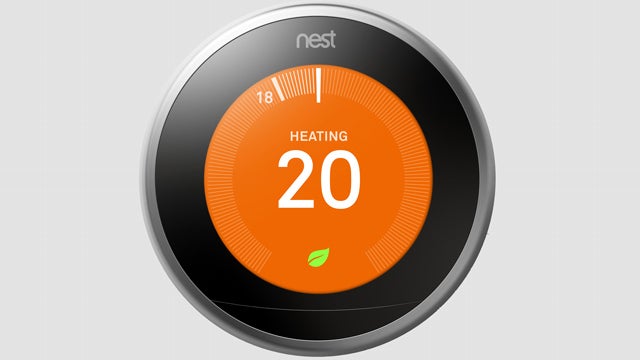Nest thermostat software bug gives users the cold shoulder

Quick show of hands. While there’s never a good time, which month of the year would be least desirable for your thermostat to break?
January? Everyone? Yep. We thought so.
So imagine the unwelcome surprise owners of the Nest Learning Thermostat received when they woke up in freezing cold houses this month.
A software update issued in December appears to have caused undue battery drain on the smart home device, causing it to completely shut off users’ central heating systems.
“We had a bug that was introduced in the software update that didn’t show up for about two weeks,” co-founder Matt Rogers told the New York Times.
In an unfortunate use of the English language, Rogers said the problem didn’t rear its head until January and “that’s when things started to heat up.”
However, that fix requires Nest users to follow a nine-step procedure. If users can’t fix it by themselves, the company is promising to send around an electrician to do it for them.
In a wider context, the bug raises concerns about relying on connected tech in order to control essential home appliances.
While the issue may have resulted in a disrupted night’s sleep for many users, it may have had more serious consequences for elderly users and those with babies at home.
See also: How Nest Weave will make the smart home smarter
Nest, which was purchased by Google for $3.2 billion in 2014, has been a major pioneer in the smart home revolution, with a smoke alarm and a range of home security cameras in its arsenal.


